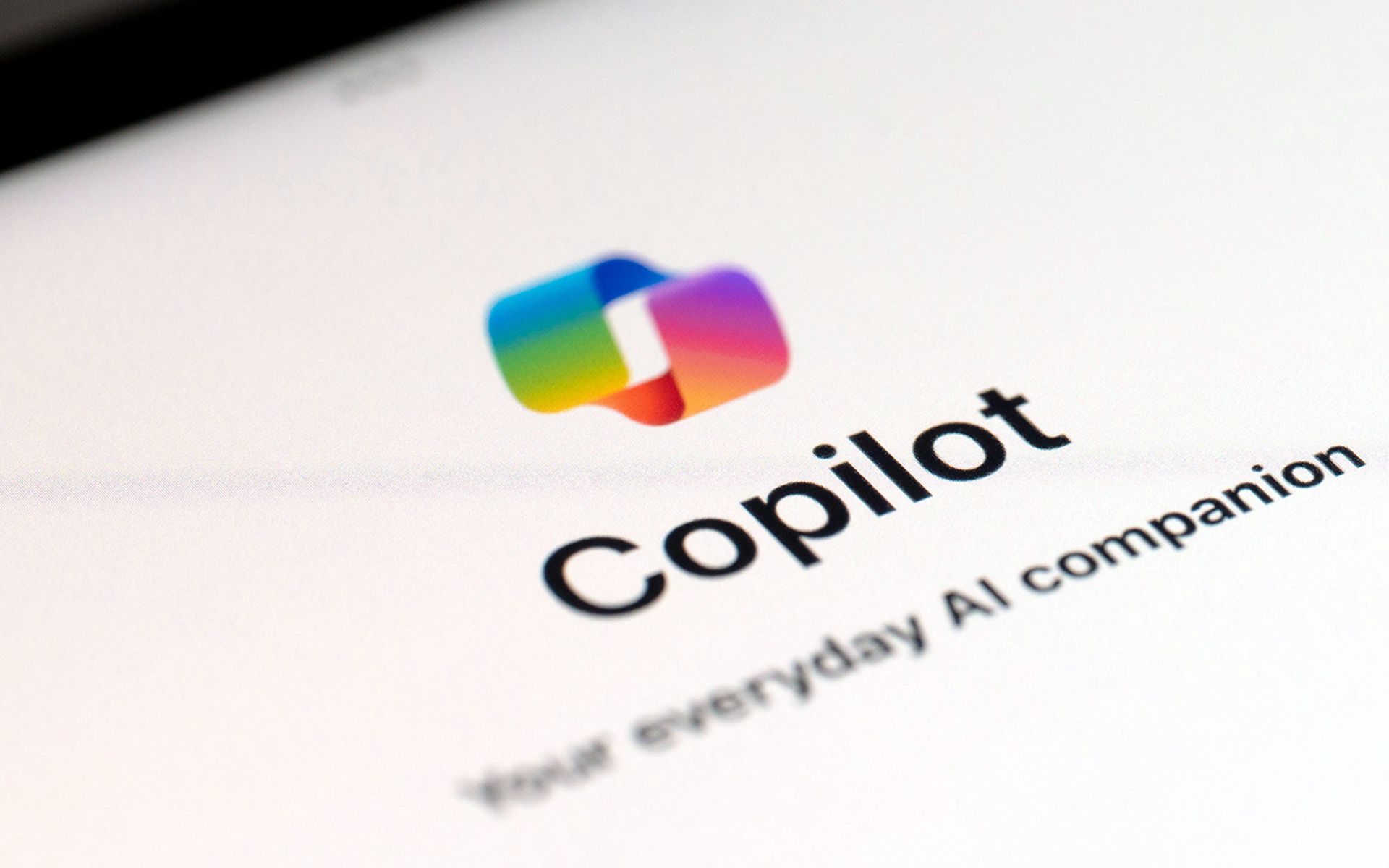Imagine a con artist who never needs to sleep, learns from his targets, and can morph his strategy in microseconds. This isn't the plot of a dystopian novel — it's the stark reality of AI-powered social engineering attacks that are recalibrating the threat landscape.
We think of social engineering as the dark art of manipulating human behavior to gain access to buildings, systems, or data. Traditionally, these cyber deceivers relied on cunning and guile, but the landscape has evolved rapidly.
Artificial intelligence (AI) has emerged as the new maestro of manipulation, conducting orchestrated attacks with a precision and personalization that far surpasses the capabilities of its human predecessors. The marriage of social engineering and AI represents a union made in hacker heaven. Today, we're peeling back the curtain on how AI does not just supplement, but amplifies the sophistication and success rates of social engineering scams, leaving even the most cyber-savvy individuals vulnerable.
Understanding social engineering
Social engineering adapts, imitates, and persuades its way past our defenses — it’s the chameleon tactic of cybercriminals. From the classic bait of phishing to pretexting and the tempting traps of baiting to the false promises of quid pro quo offers down to the cunning deceit of BEC/CEO fraud — each strategy preys on human nature: trust, emotions, and/or self-interest. These tactics don’t just exploit technical vulnerabilities, they exploit human ones.
How AI has changed social engineering
At the heart of AI and machine learning lies the ability to digest and interpret large datasets and learn from them to achieve specific goals. For cybercriminals, those goals include targeting and personalization at scale. AI systems can scan through social media, corporate websites, and data breaches to tailor phishing campaigns that resonate on a personal level with their victims. It’s like having a bespoke suit of deception tailored to each individual’s digital identity. With AI, phishing emails are no longer peppered with grammatical errors and easy-to-spot signs; they are convincing and context-aware. The game has changed: AI doesn’t just understand data, it understands human behavior.
In the past, a social engineer might have spent days crafting a single effective scam. Now, AI has become the ultimate backstage crew, pulling strings at an unprecedented scale. Deepfake technology has emerged as the star of this insidious troupe. By synthesizing hyper-realistic video and audio, these AI-generated illusions can convincingly mimic the voice and visage of anyone — even CEOs and government officials. The implications are chilling: a well-executed deepfake could lead to misdirected funds, leaked sensitive information, or even geopolitical incidents.
Social media, the grand stage of public life, has become equally vulnerable. Here, AI-driven profile cloning scripts can generate a company's facsimile or replicate a person's entire digital identity with frightening accuracy. These bogus profiles lay the groundwork for elaborate fraud schemes that can trick even the diligent observer.
Let’s not forget predictive social engineering — a more insidious act, where AI algorithms analyze data from breaches and social behavior to pinpoint the perfect moment to strike. It’s akin to a burglar knowing exactly when the homeowner will step out for a jog or leave for vacation, but on a digital scale.
Real-world anecdotes
Consider the case where an AI system, after trawling through hundreds of hours of a CEO’s speech, crafts a perfect audio deepfake. In one reported incident, the technology was used to instruct a financial controller to wire funds to a fraudulent account — a costly mistake that wasn't discovered until the real CEO raised an alarm. The stealth and sophistication of the attack were profound, combining AI's prowess with the subtlety of human deception.
Or take the case of a prominent news anchor whose likeness was cloned onto a social media platform. This fake account then disseminated misinformation, causing significant reputation damage before the ruse was uncovered.
These scenarios are not just hypotheticals or plots from cyber-thrillers; they are real, they are current, and they represent a glimpse into the potential havoc that AI can wreak when wielded by those with malintent. AI-augmented social engineering has a long shadow, and it touches all facets of digital life. It's a threat that evolves and learns, making the defense against it a moving target that requires equal parts technology and human insight.
Mitigating AI threats in social engineering
In this AI-augmented era of social engineering, where attacks are becoming almost indistinguishable from legitimate interactions, how do organizations armor up? Start with awareness. Training programs that invoke social engineering and phishing simulation exercises can empower employees to recognize and respond to the subtle cues of a scam, no matter how convincing it appears. It’s like fireproofing against the pyrotechnics of AI-driven deceit.
Yet, education alone isn't a silver bullet. Organizations must also leverage AI in their defensive strategies. Anomaly detection systems, powered by AI, serve as the vigilant sentinels of network security, identifying patterns and activities that stray from the norm — often the first sign of a social engineering attack. Just as AI can learn human behavior to exploit it, we can use AI to learn, predict, and block these incursions before they breach our walls.
Cybersecurity has become a dynamic battleground, with AI at the center of both offense and defense. As threat actors refine AI to launch attacks, cybersecurity pros are equally determined to harness AI's potential to fortify defenses. It's an arms race where the weapon and shield share the same DNA, each evolving in response to the other’s advancements.
Navigating AI-enhanced social engineering demands more than just tools — it calls for a change in culture. Organizations must foster a culture of continuous learning and adaptive defenses to stay ahead. Vigilance and state-of-the-art security measures are the dual keys to this kingdom, ensuring that we are prepared to meet the AI puppeteer at every turn.
Perry Carpenter, chief evangelist and security officer, KnowBe4




